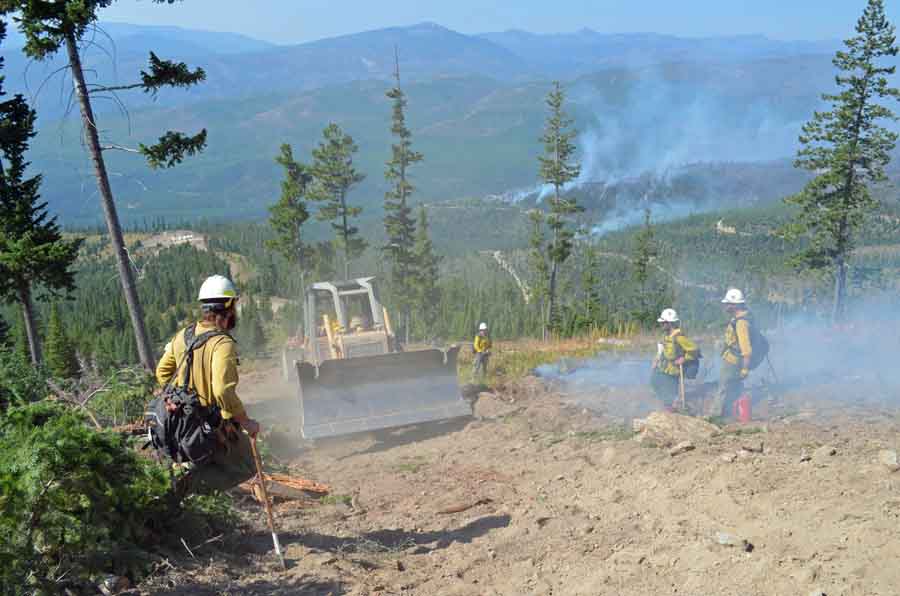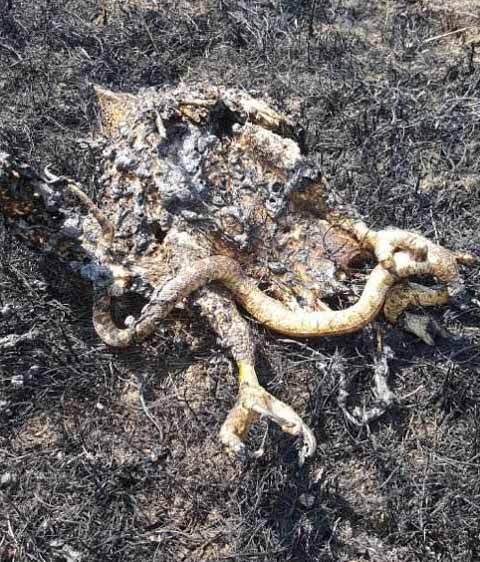Above: Air Tanker 944, the 747 SuperTanker, at Colorado Springs, May 4, 2016. Photo by Bill Gabbert.
Originally published on Fire Aviation at 2:23 p.m. MDT August 28, 2017.
Jim Wheeler President and CEO of Global SuperTanker said today their 747 SuperTanker has received a call when needed (CWN) contract with the California Department of Forestry and Fire Protection (CAL FIRE). The aircraft and crew were also issued cards by CAL FIRE, meaning they passed the inspections and meet the qualifications. The U.S. Forest Service participated in the process but they do not issue cards until a USFS contract is in place.
Mr. Wheeler said the air tanker is presently at McClellan Air Field and is available.
The first time the 747 was used on a U.S. fire was on the Railbelt Complex of Fires in Alaska August 1, 2009. About a month later it assisted firefighters on the Station Fire near Los Angeles.






